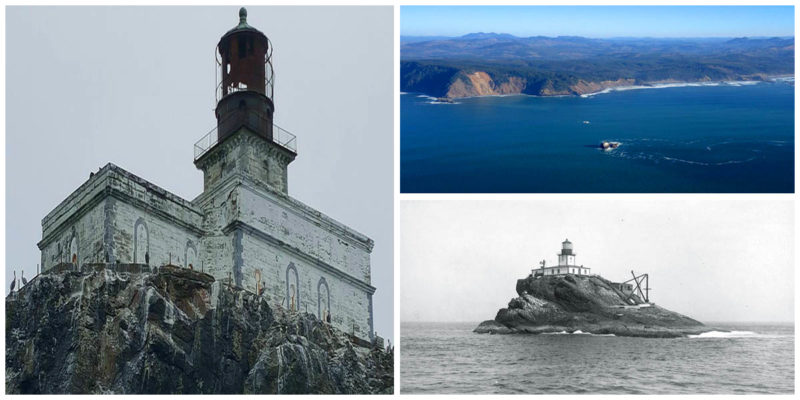Rising into the sky, pummeled by the wind and the waves, the lighthouse that stands on Tillamook Rock exists to warn passing travelers of the treacherous conditions and guide them safely past.
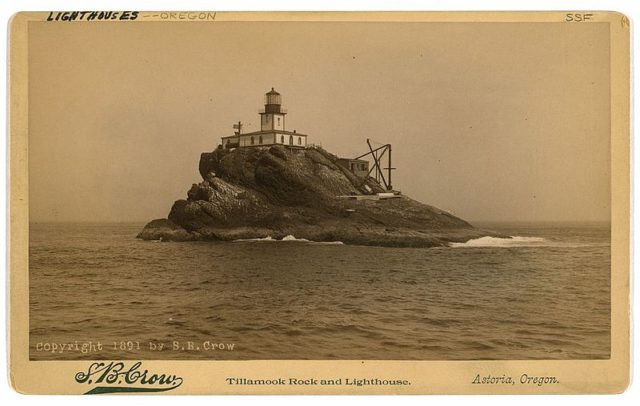
Because of its perilous location almost 2 kilometers from Tillamook Head, a landmass northwest of Oregon, Tillamook Rock Light has been nicknamed “Terrible Tilly.”
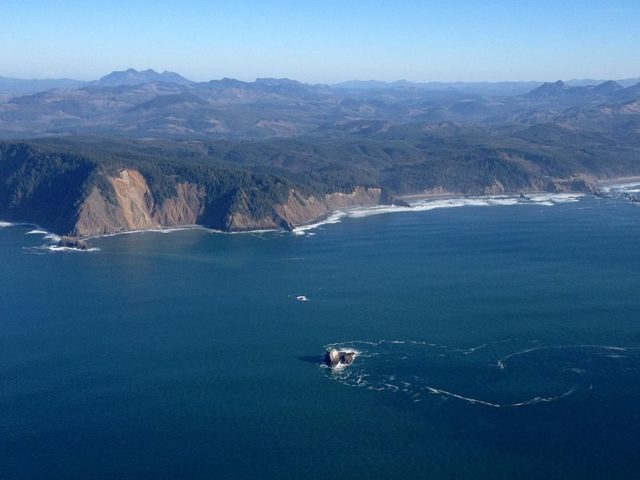
The idea for such an undertaking was born some 140 years ago in 1878. The initial survey (in a series of a few) was done by H. S. Wheeler using his vessel named Thomas Corwin. Wheeler strongly opposed the plans, stating that it would be impossible to finish.
During his second try, he concluded that the rock needed to be leveled in order for the lighthouse to be constructed. He further stated that explosives might be needed, which would drive construction costs even higher.
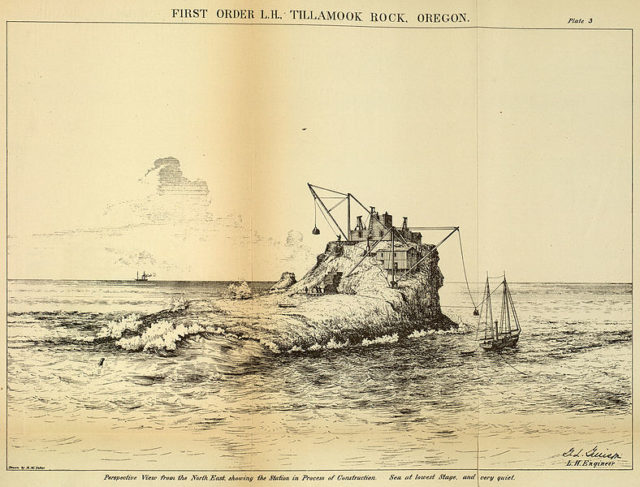
It was time for a third try. For this endeavor, the United States Congress decided to commission John Trewavas, a man already familiar with building lighthouses in difficult, rocky conditions such as the Wolf Rock lighthouse in England.
No matter how much experience one has, the ocean has the final word. While trying to land his boat during his survey, Trewavas was swept away by large swells. His body was never found.
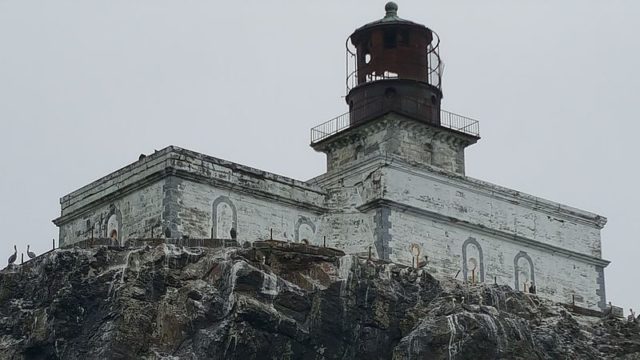
The next surveyor was Charles A. Ballantyne. His task was to continue where others had failed. To do so, he would need workers, but Terrible Tilly’s reputation after Trewavas’ death and negative public opinion about the project made it difficult for him to recruit a team.
Ballantyne managed to find a group of workers who had heard nothing of the tragedy and agreed to work on the project. Once he had gathered his crew, he was ready to pursue the seemingly impossible task. Workers were transported to the island using a breeches buoy. Eventually, Ballantyne and his crew were finally able to level the top of the rock.
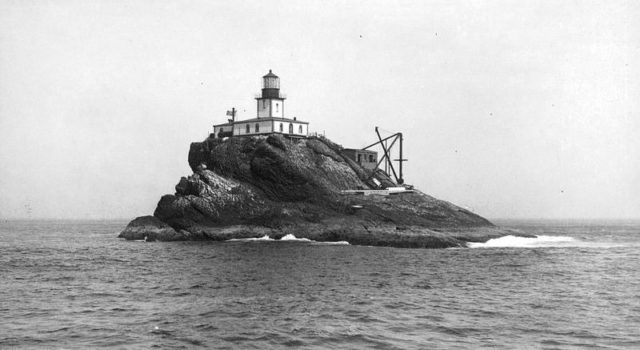
During the construction, the workers placed a set of Fresnel lenses on top of a tower that rose 18 meters into the air. Its light came from an incandescent oil vapor lamp and was clearly visible more than 30 kilometres to the south. During the construction of the lighthouse, the ship Lupatia was wrecked near the rock.
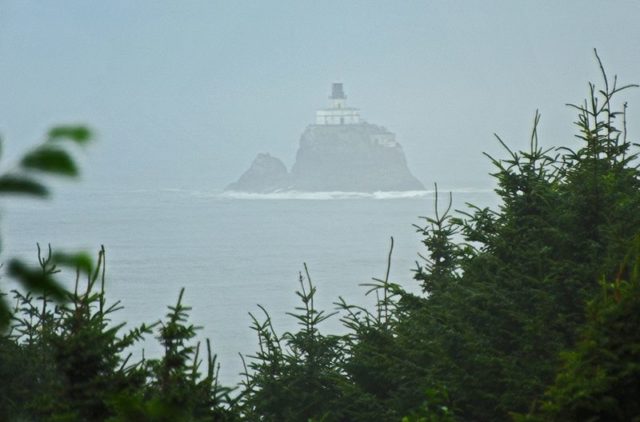
According to the stories, that day was filled with dense fog. The crew of the ship had trouble navigating through the waters and got dangerously close to the rock. The workers on the rock lit lanterns and a bonfire to signal to the Lupatia that they were sailing too close to the rock.
The workers believed that the barque had managed to turn around in time. But once the night was over, the Lupatia’s crew was found drowned, with the only survivor being the ship’s dog.
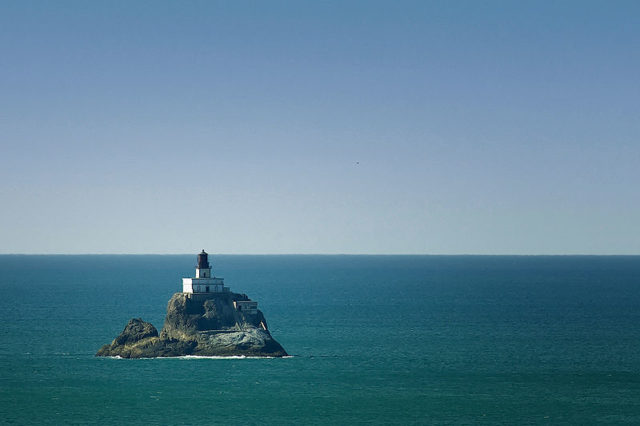
It took approximately 500 days for construction of the lighthouse to be finished. After the rock had been leveled, the construction work itself was done by the U.S. Army Corps of Engineers. Their leader was George Lewis Gillespie, Jr., a recipient of the Medal of Honor. Once completed, the bill for the construction of this lighthouse was $125,000 (almost $3 million with inflation adjusted for 2017).
At the time, it was the most costly lighthouse that had ever been built on the West Coast of the United States. It was officially lit in 1881, on January 21. Guarding this light were four keepers. Working at this lighthouse was a difficult challenge for waves continuously damaged the lighthouse.
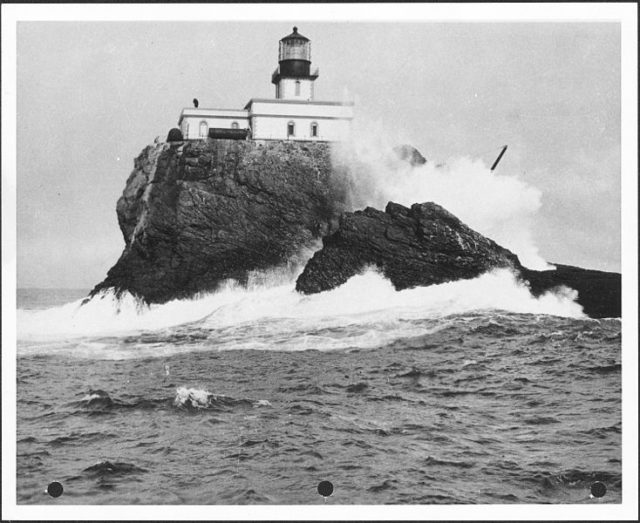
For example, a storm in 1934 did massive damage with winds reaching up to 170km/h. It was shut down in 1957 for being too expensive to maintain and was replaced by a whistle buoy. In the 1980s, it became a columbarium, or place for the storage of people’s cremated remains, although the site’s license was revoked in 1999. The remains of the lighthouse still stand today, though access to the site is exceptionally difficult.
